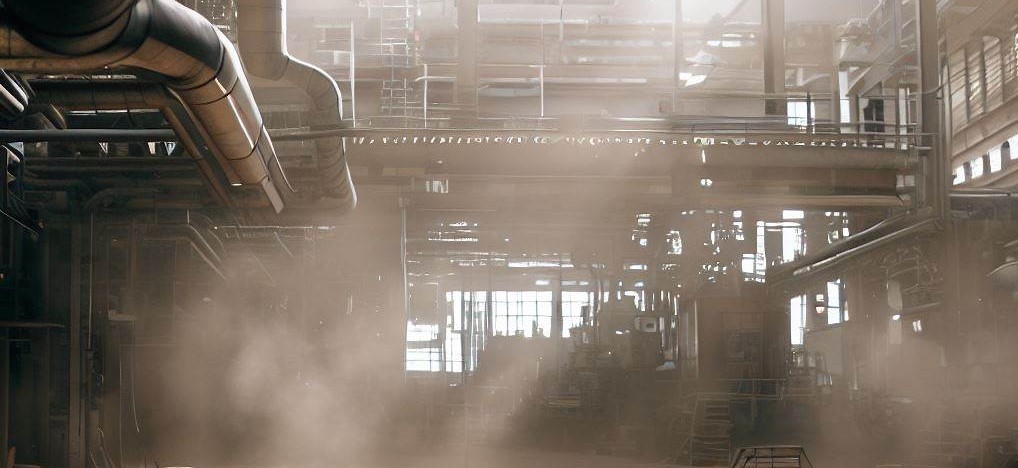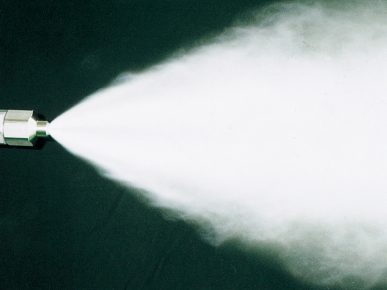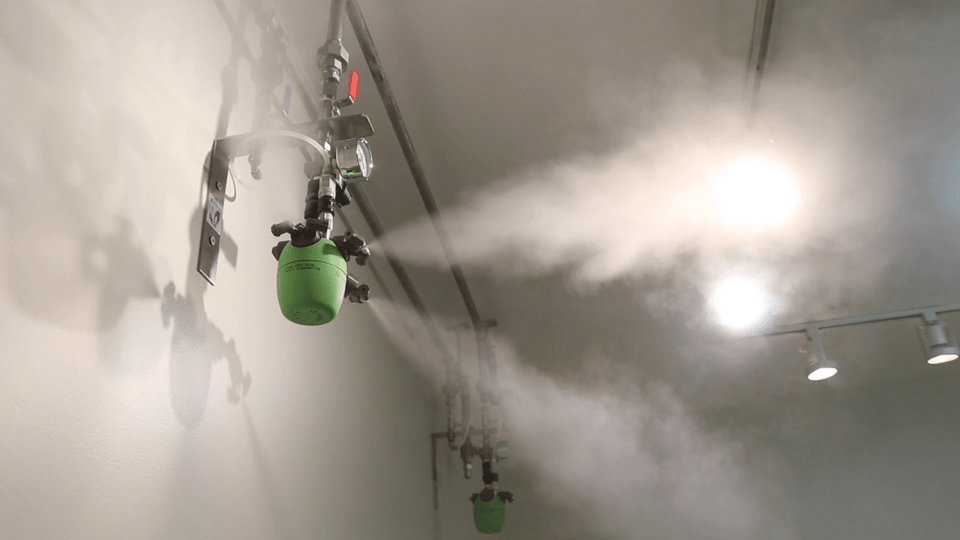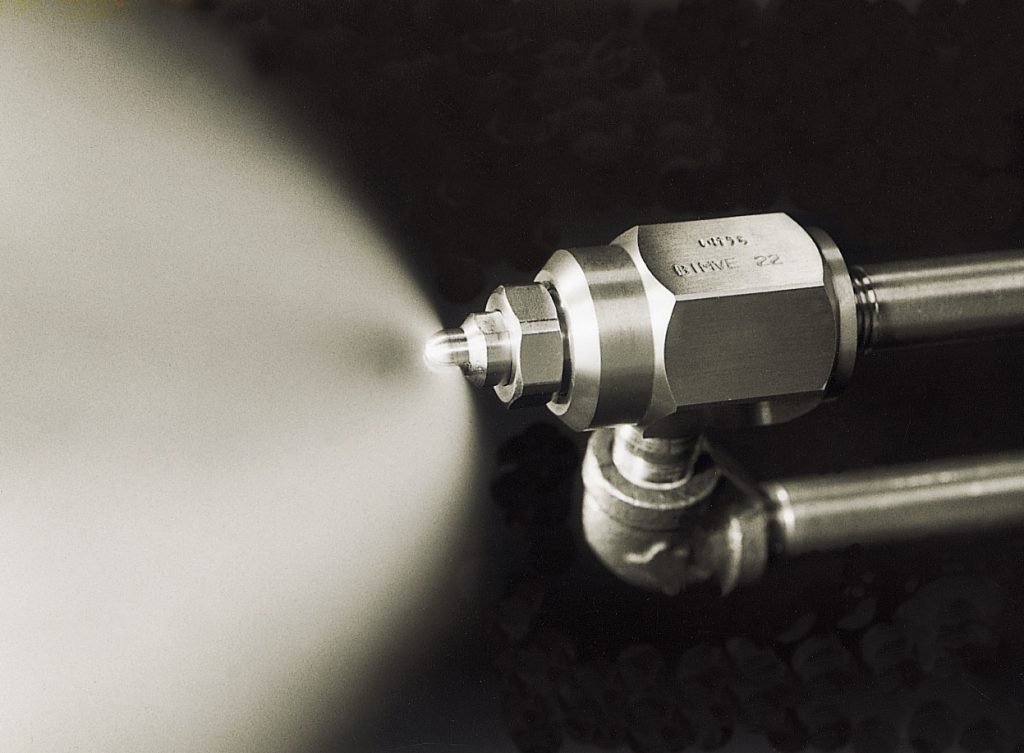January 22, 2022
What is dust suppression?

Dust suppression is the process of controlling and reducing the generation and spread of dust particles in various environments. Particles of dust can be generated from a wide range of sources, including industrial activities, construction sites, mining operations, agricultural processes, and natural phenomena like wind erosion.
Dust control techniques are employed to minimize the negative impacts of dust. These can include health hazards, environmental pollution, reduced visibility, equipment malfunction, and safety hazards. These techniques aim to either prevent the formation of dust or mitigate its dispersion.
There are several methods commonly used for dust control and suppression:
Water Spraying:
Dust suppression with water is the most common method. Water is sprayed onto dusty surfaces or in the air to dampen the dust particles. This makes them heavier and reduces their ability to become airborne.
Chemical Dust Suppressants:
Chemical agents or additives can be applied to surfaces or mixed with water to enhance the effectiveness of dust suppression. These chemicals can help control dust by binding the particles together or altering their properties.
Enclosure and Containment:
Creating physical barriers or enclosing dusty areas can prevent the spread of dust to surrounding areas. This method is commonly used in industrial settings or construction sites where dust-producing activities occur.
Dust Collection Systems:
Installing dust collection systems, such as air filters or electrostatic precipitators, can capture dust particles from the air and prevent their release into the environment.
Our Solution: Dust suppression with fog!
GSIM series
- Pneumatic nozzles are capable of dust suppression without significantly wetting the environment.
- The GSIM series sprays droplets the size of 40 – 80 µm in large volume swiftly. This can be referred to as “fine fog”.
- Full cone spray pattern and large turn-down ratio.
- Find it here

Dust control with AKIMist® “E”
- AKIMist “E” sprays a “dry fog”. The droplets are so small ( 7.5 μm). that they bounce back without wetting any surface.
- The AKIMist “E” can spray the dry fog over a distance of 4 meters from each nozzle. This way one unit can cover a large area or room.
- Dust can be suppressed and controlled by installing AKIMist “E”.
- Find it here

Dust control with BIM
- The BIM series is a series of hollow cone and pneumatic spray nozzles.
- BIM series nozzles can control dust by creating a “fog curtain” around it.
- Produces fine atomization with a mean droplet diameter between 10 – 100 μm.
- Find it here: BIM

